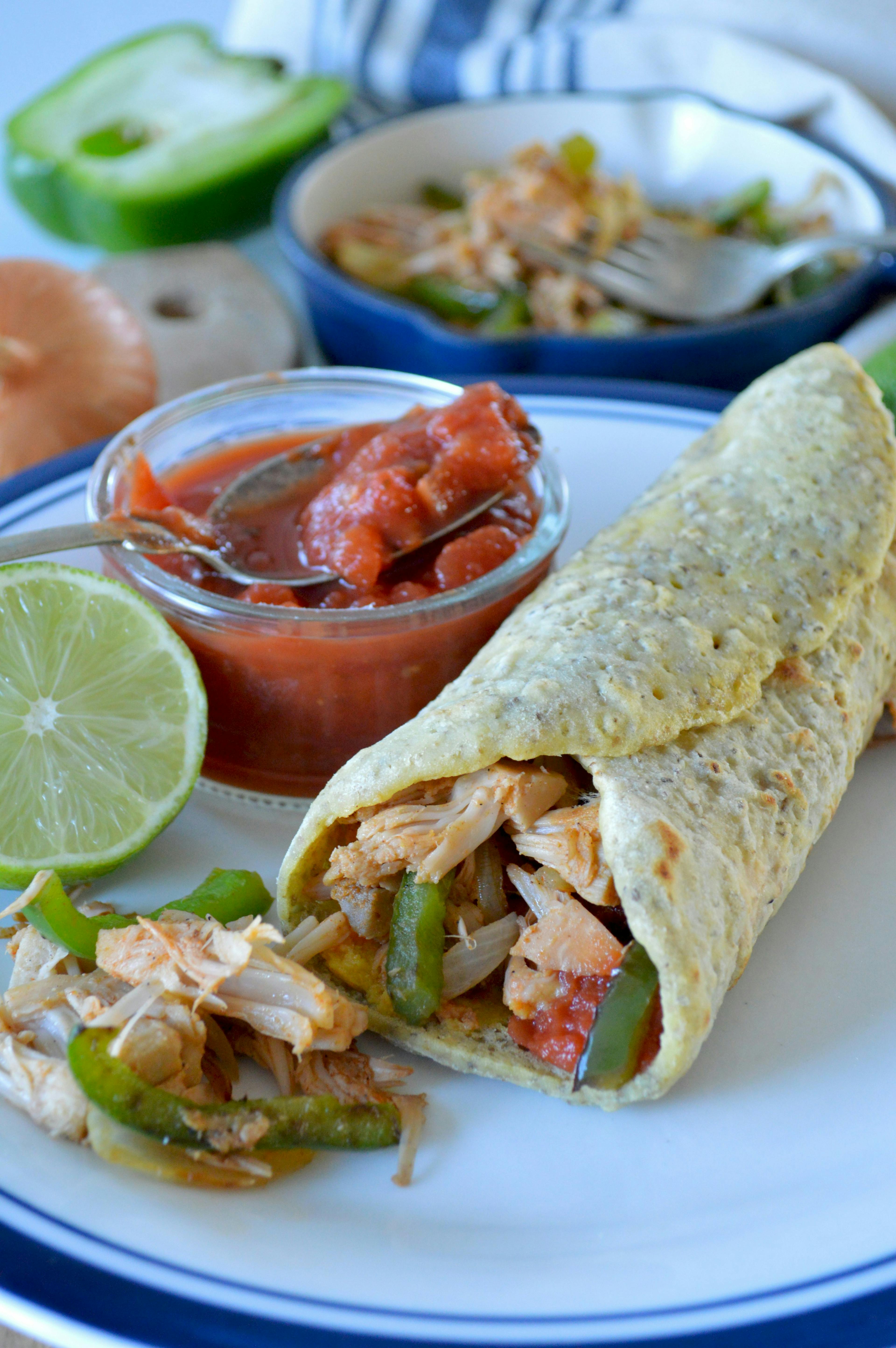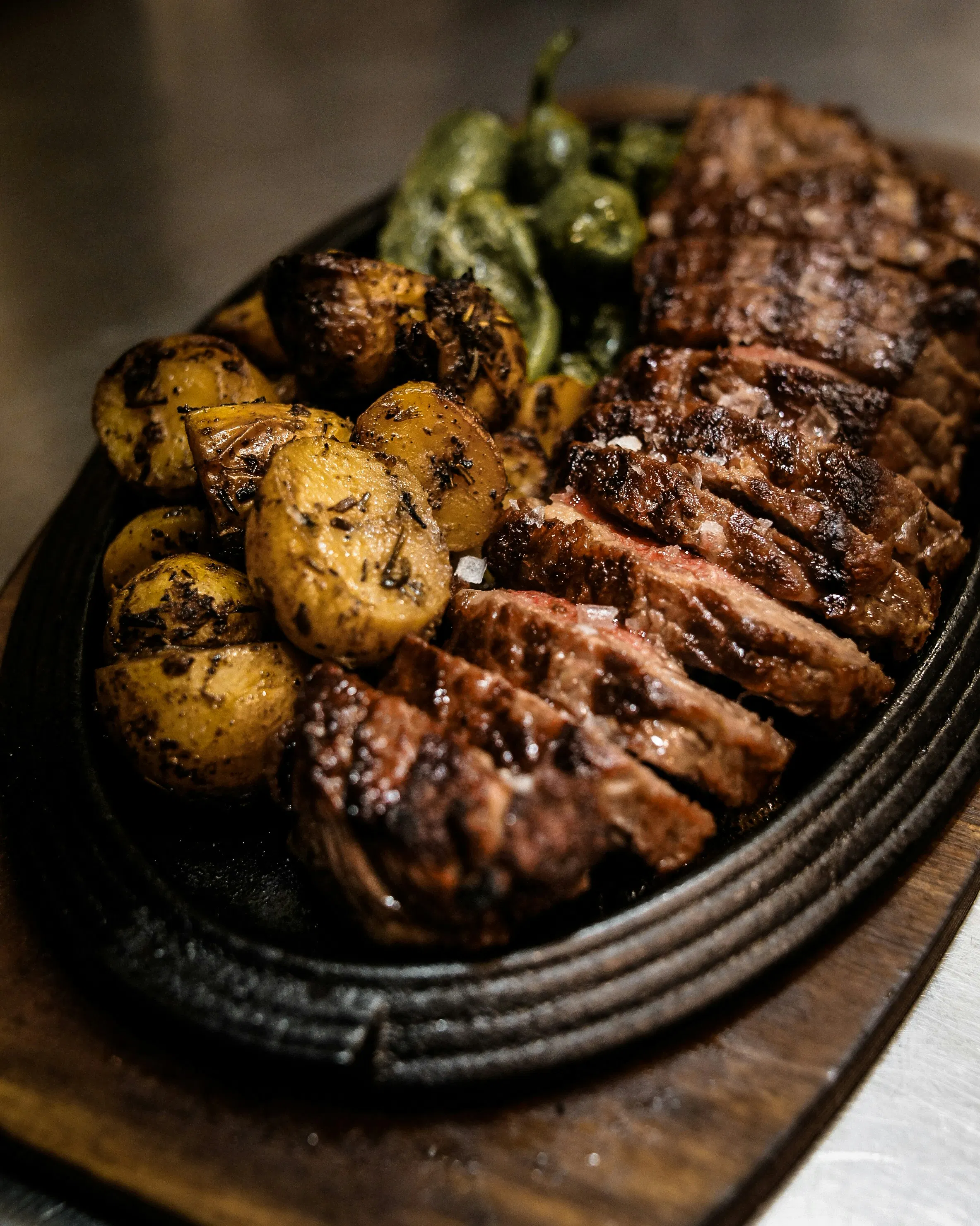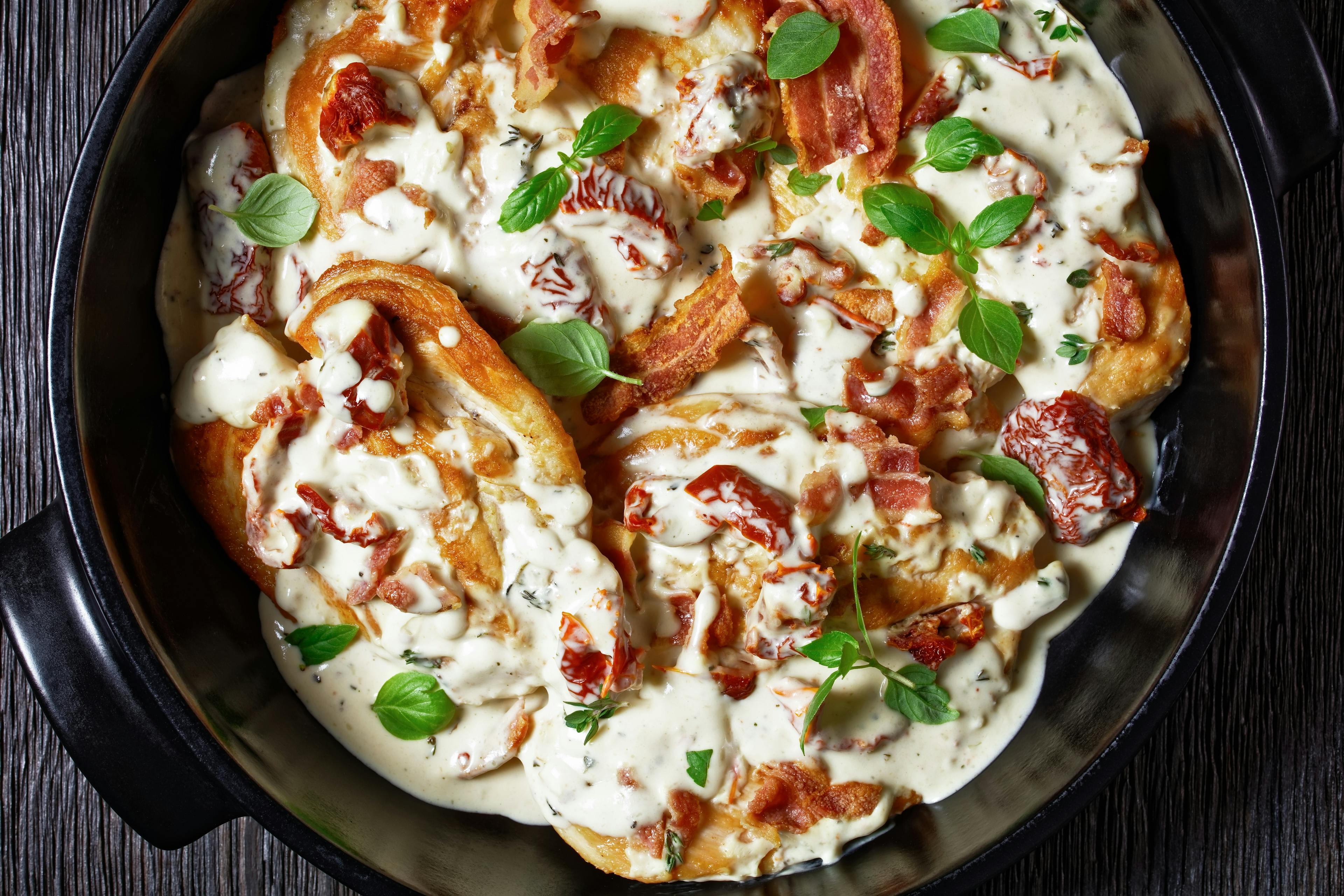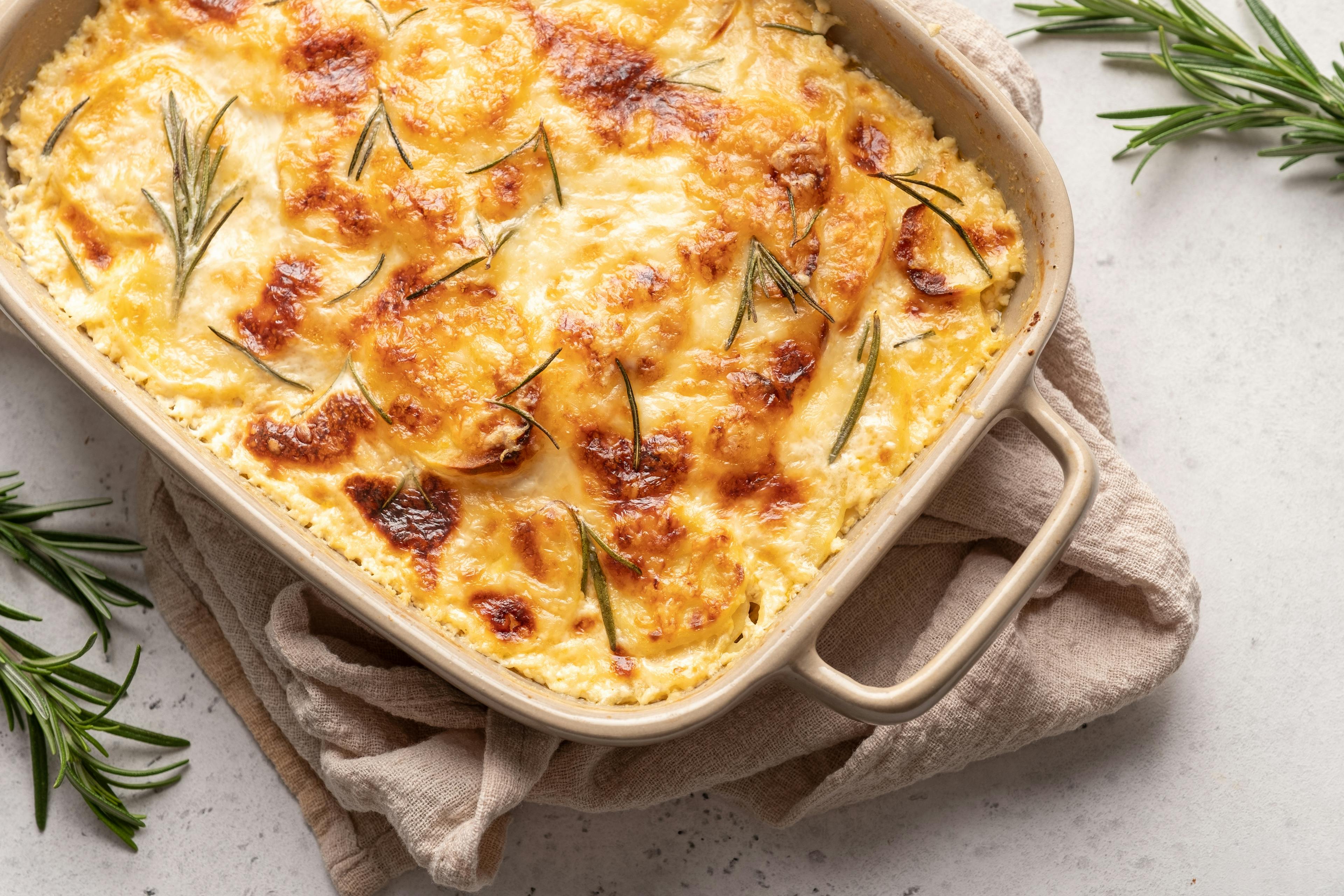
Ingredients
Get them through the links below to support the creator.
- 3 tsp ground cinnamon
- 12 tbsp lemon juice
- 6 tsp lemon zest
- 1.50 tsp ground cloves
- 1.50 tsp salt
- 1.50 tsp ground nutmeg
- 24 cups elderberries
- 12 cups granulated sugar
Nutritional Information
Calculated based on standard values with available measurements and may therefore not be accurate.
Nutritional information not available.
Elderberry Jam Recipe
Instructions
Step 1
Prepare the Elderberries: Start by removing the elderberries from their stems. You can use a fork or a special elderberry stripping tool to help with this process. Rinse the berries thoroughly and drain them.
Step 2
Cook the Elderberries: Place the elderberries in a large, heavy-bottomed pot or saucepan. Add the lemon juice, lemon zest, and, if desired, the optional spices (cinnamon, cloves, nutmeg). The spices will enhance the flavor of the jam but are optional.
Step 3
Simmer and Mash: Heat the elderberries over medium heat and bring them to a gentle simmer. Stir occasionally to prevent sticking. Simmer the berries for about 15-20 minutes, or until they become soft and start to break down. You can use a potato masher to gently mash the berries to release their juices.
Step 4
Add Sugar and Salt: Stir in the granulated sugar and salt. Continue to simmer over medium-low heat, stirring frequently to dissolve the sugar. The mixture will start to thicken and become jam-like.
Step 5
Test for Doneness: To test if the jam is ready, place a small spoonful on a chilled plate and let it cool for a minute. Run your finger through the jam, and if it wrinkles and holds its shape, it's ready. If not, continue simmering for a few more minutes and repeat the test.
Step 6
Jar and Seal: Once the jam reaches the desired consistency, remove it from the heat. Ladle it into clean, sterilised jars, leaving about 1/4-inch of headspace at the top. Wipe the jar rims clean with a damp cloth to ensure a good seal. Place the lids and screw on the bands until they are fingertip-tight.
Step 7
Process or Store: If you want to store the jam for an extended period, you can process the jars in a hot water bath for about 10 minutes. Otherwise, let the jars cool to room temperature, and you'll hear the lids pop as they seal. Once sealed, store the jars in a cool, dark place.
Recipe Story
My dear, when it comes to the culinary world, few things capture the essence of tradition and wholesome flavours quite like a jar of homemade elderberry jam. This exquisite creation has its roots deep in the heart of British countryside kitchens and gardens, evoking memories of warm summer days spent foraging for these richly hued, jewel-like berries.
Elderberries, once a staple in British folklore and medicine, have been cherished for centuries. Their dark, glossy appearance and robust, slightly tart flavour have made them a favorite for preserving, and thus, elderberry jam was born. This delightful jam embodies the spirit of resourcefulness, as it transforms the abundant bounty of elderberry bushes into a sweet and tangy preserve.
The history of elderberry jam is a tale of humble beginnings, stemming from a time when seasonal harvests were vital for sustenance during harsh winters. Families would gather together, sharing stories and laughter as they plucked elderberries from their branches. These gatherings fostered a sense of togetherness and community, making elderberry jam not just a condiment but a symbol of love and connection.
In today's bustling world, the making of elderberry jam remains a cherished tradition, a link to our culinary heritage. It is a recipe that transcends generations, where grandmothers pass down their secrets to younger ones, teaching the art of preserving not only the berries but also the cherished memories of family and tradition.
My dear friends, whether you spread it on a scone at a leisurely afternoon tea or gift a jar to a loved one, elderberry jam continues to be a delightful embodiment of the simple joys in life. Its deep, complex flavors and timeless appeal will forever hold a special place in our hearts and on our tables. So, let us celebrate this culinary treasure, savoring both its delicious taste and the cherished traditions it represents.







